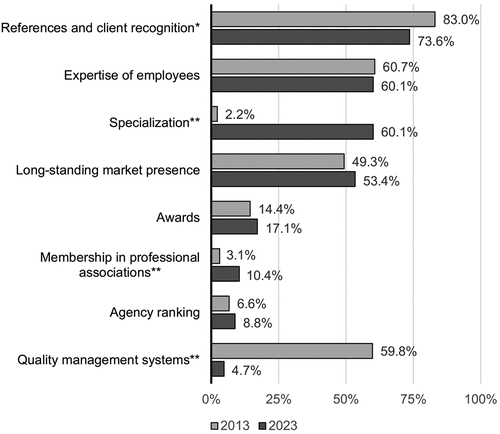Figures & data
Figure 1. Three-dimensional cube for classification of different types of services.
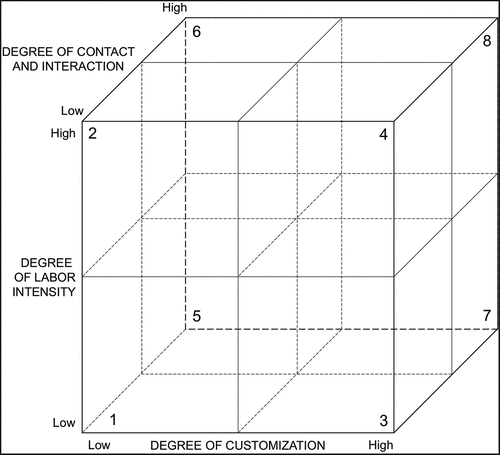
Figure 2. Number of employees per agency within the sample.
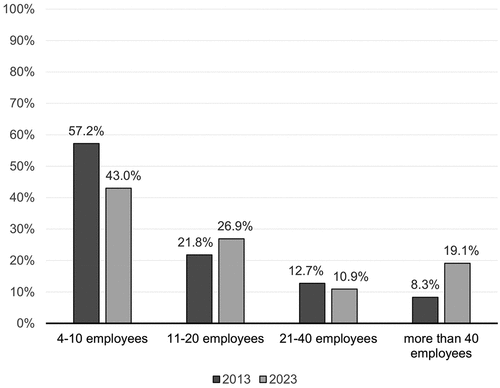
Figure 3. The quality of communication consulting and its relevance for agencies and clients.
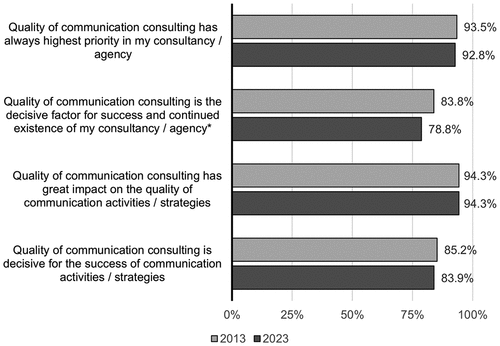
Table 1. Factors influencing the quality of communication consulting.
Figure 4. Most important agency prerequisites for the quality of communication consulting.
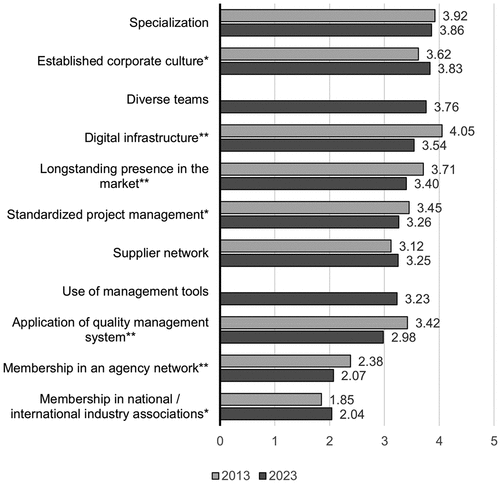
Figure 5. Most important consultant prerequisites for the quality of communication consulting.
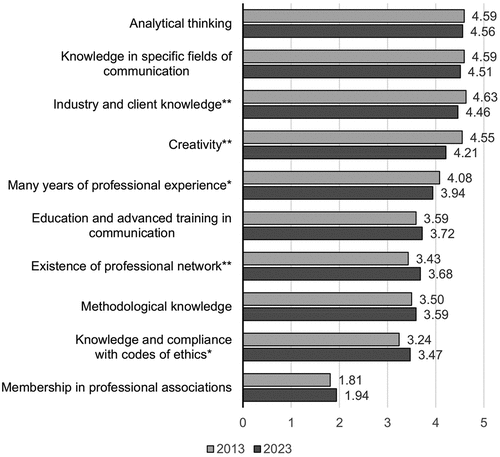
Table 2. Agency characteristics to ensure quality during the consulting process.
Table 3. Client characteristics to ensure quality during the consulting process.
Figure 6. Most important result characteristics for the quality of communication consulting.
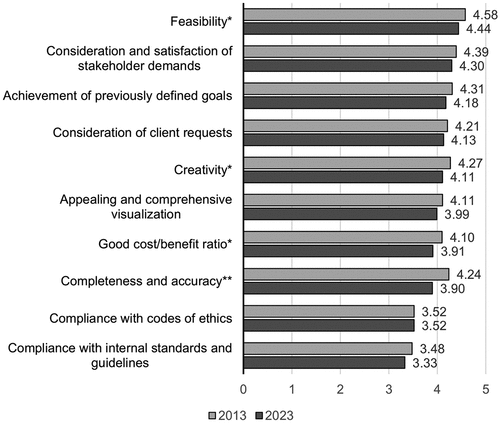
Figure 7. How agencies evaluate the quality of communication consulting.
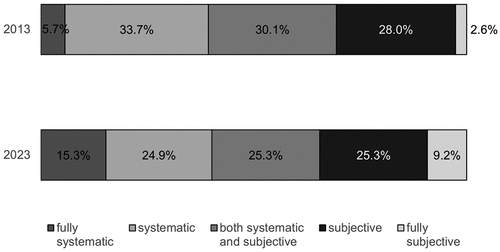
Figure 8. Timing for agencies’ evaluation of the quality of communication consulting.
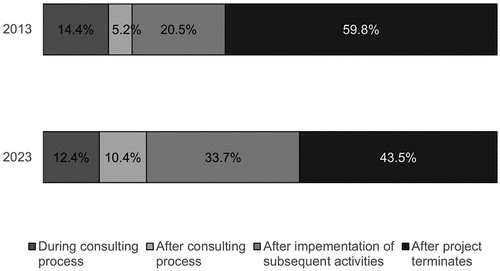
Table 4. Implemented quality factors in agencies.
Figure 9. Attitudes of agencies toward quality management systems.
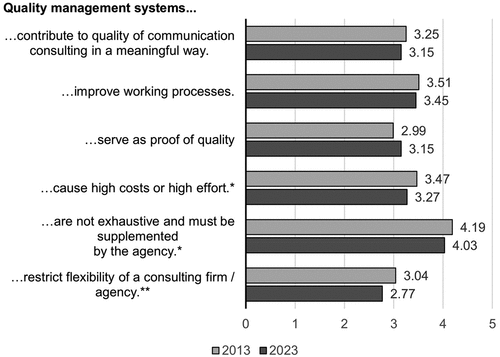
Figure 10. Most important criteria to represent the quality of communication consulting.
